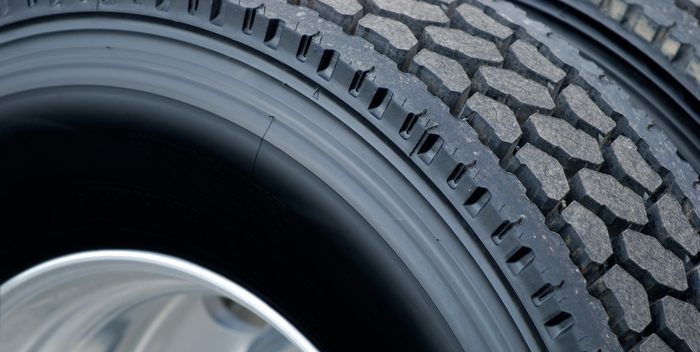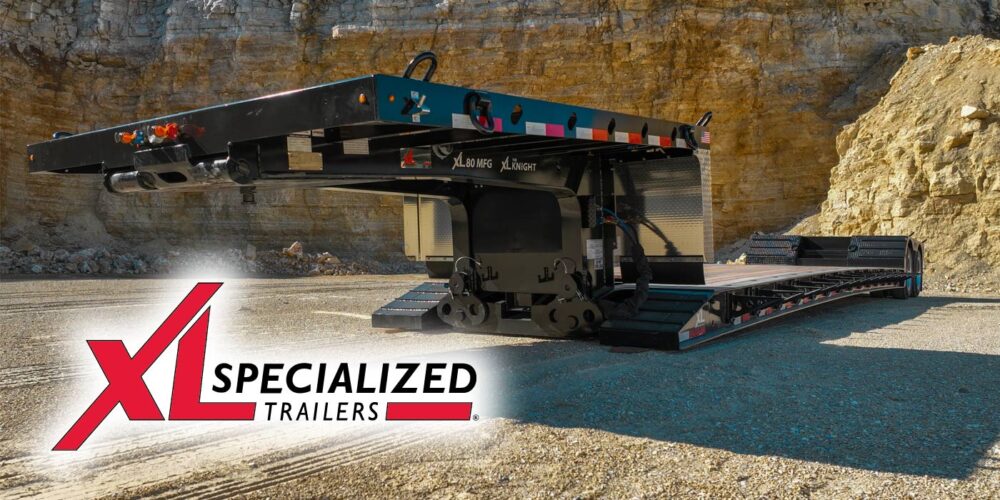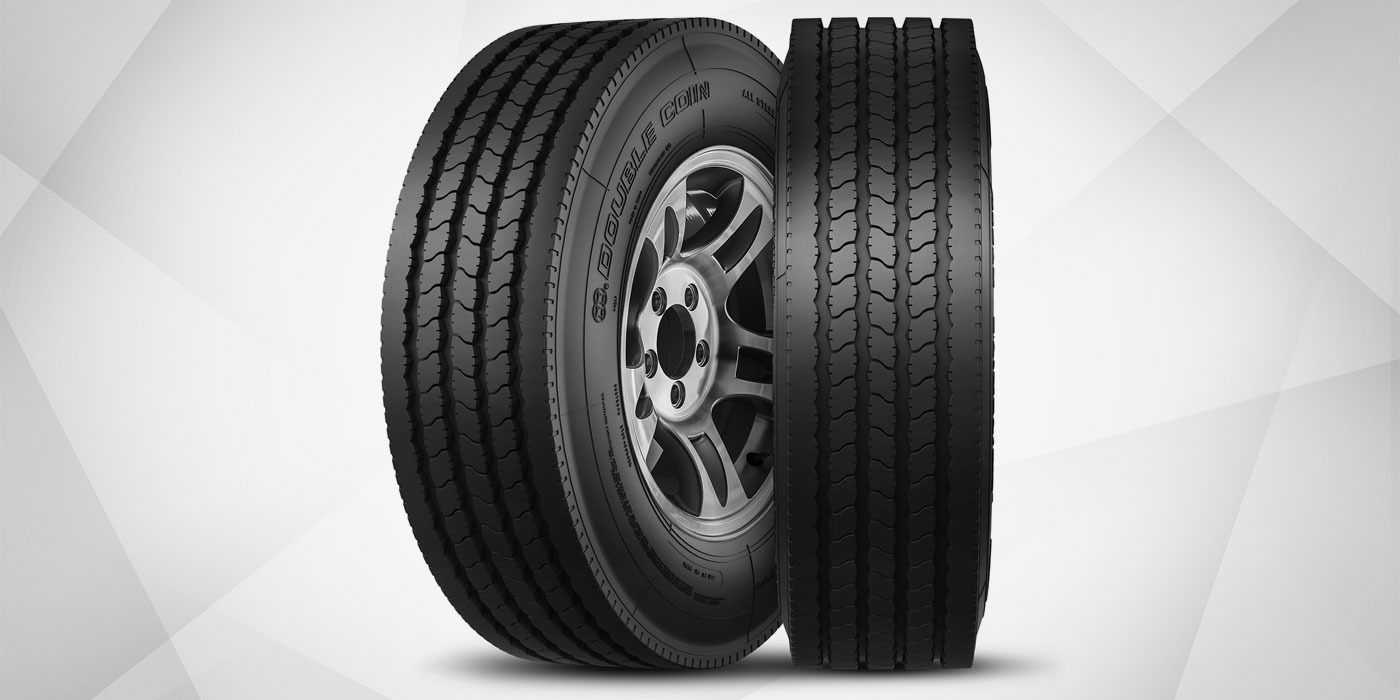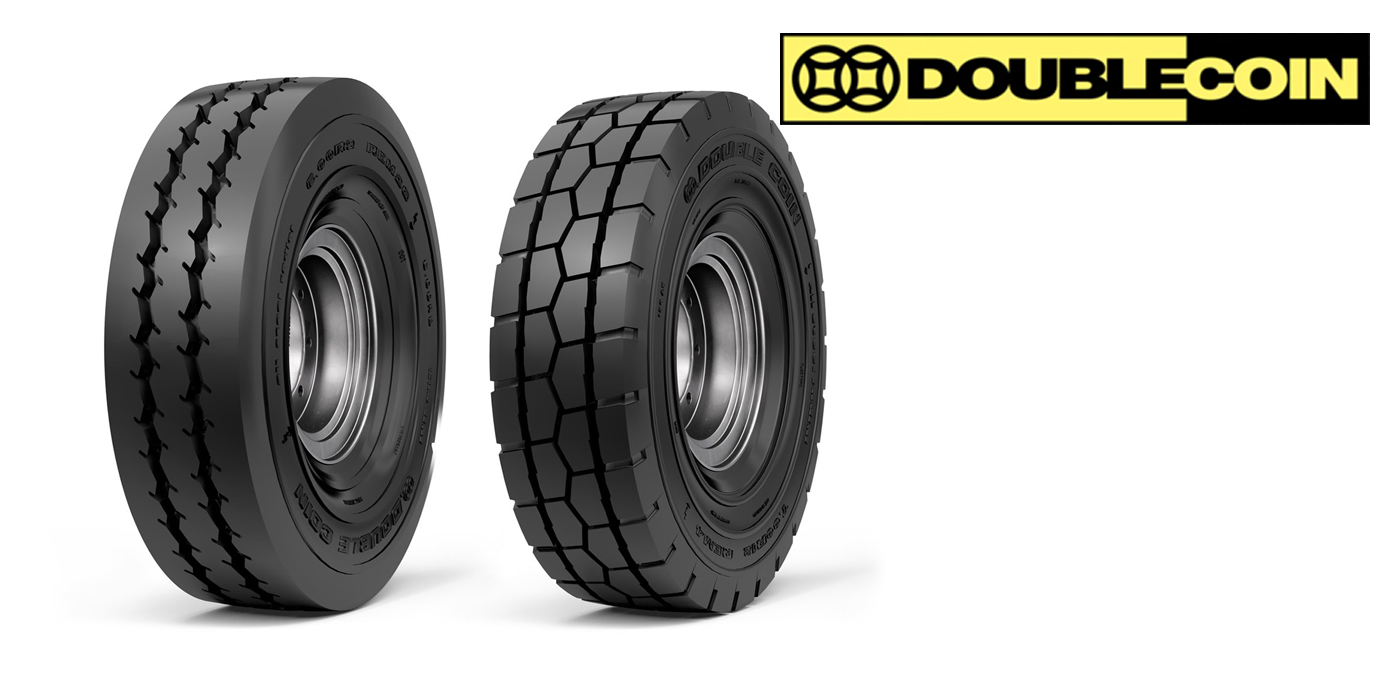Retreading commercial tires is standard operating procedure for successful fleets. Depending on the specific retread design and tread depth, retreads cost approximately one-third to one-half the price of a new tire. Fleets are always looking for ways to protect that tire casing since it is a valuable asset.
Retreads can be used on any wheel position including steer axles. However, the Federal Motor Carriers Safety Administration (FMCSA) bans steer axle retreads on commercial passenger buses. Even though retreads are approved on commercial vehicles for the steer axle, it is still not a popular option; most over-the-road trucking fleets have not considered the use of retreads on the steer position, primarily since the vehicles are infrequently seen in fleet yards. However, there are many fleets that see their tractors on a regular basis that have used retreads on the steer axle successfully for many years without incident.
The Technology and Maintenance Council (TMC) of the American Trucking Associations (ATA) states in its RP 253 on the subject of retreaded steer axle tires, “steer axle applications are the most stressful of any wheel position on a commercial vehicle due to high lateral forces they experience.” Yet retreaded tires on the steer axle have been successful in many applications.
Vocational trucks and local pickup and delivery service vocations are good examples of applications that would be excellent candidates to for retreads on the steer axle. These fleets are usually home every night where the tires can be inspected on a regular basis. In addition, the wear rates on tires in these applications are very fast. Rubber is scrubbed off quickly.
Fleets that do run retreads on the steer axle typically have extremely tight guidelines regarding the tire casing including maximum casing age limits, retreading only original life tire casings and a maximum number of tire repairs.
It is always important to work with retreaders who do a thorough job of inspecting and analyzing the casing prior to the retread process. Non-destructive testing equipment can detect separations and damage to the casing. Only the highest rated casings should be considered for retreading for use on the steer axle.
Another area of focus for steer tires are the usage guidelines for “repaired” steer axle tires. When it comes to steer, drive and trailer tires, steer tires are always the best maintained wheel position. Tire air pressures are checked frequently and they are easy to physically inspect on the vehicle. Failure of a steer tire can lead to major vehicle safety concerns.
The only law related to repairing steer tires are “section repairs” steer axle tires. For more information, review FMCSA Part 393.75, Appendix G to Sub-chapter B.
There is no limit on the number of “puncture” repairs permitted to be installed in steer tires. Industry repair standards require that puncture repairs do not overlap. However, most fleets have their own guidelines for the number of puncture repairs they permit for their operation. For some fleets one or two puncture repairs is the maximum for their fleet service vocation. Department of Transportation regulations states the maximum size of a steer tire puncture repair is 3/8-in. maximum diameter after preparation.
There are fleets that have different steer tire repair guidelines for those vehicles running in line-haul operations versus vehicles that are in pickup and delivery service. Line-haul trucks may have a one puncture repair limit while pickup and delivery vehicles may allow for two or three puncture repairs.
Tracking tire-related service calls is an excellent resource for fleets who wish to analyze their tire program. If steer tire issues are increasing on tires that have been repaired numerous times, the fleet may want to tighten up its repair policy. The same applies for steer tires that have been retreaded. If there are retread failures being report by your service provider, then you need to understand why and how to correct the problem.
A good tire service provider should be able to provide the appropriate information so that you can make solid business decisions about your tire program. It’s always an excellent idea to work closely with your local tire professional on these issues as well. TMC does have an informative RP 254 on the subject of “usage guidelines for repaired steer axle tires,” which is a good source for additional detailed information.














